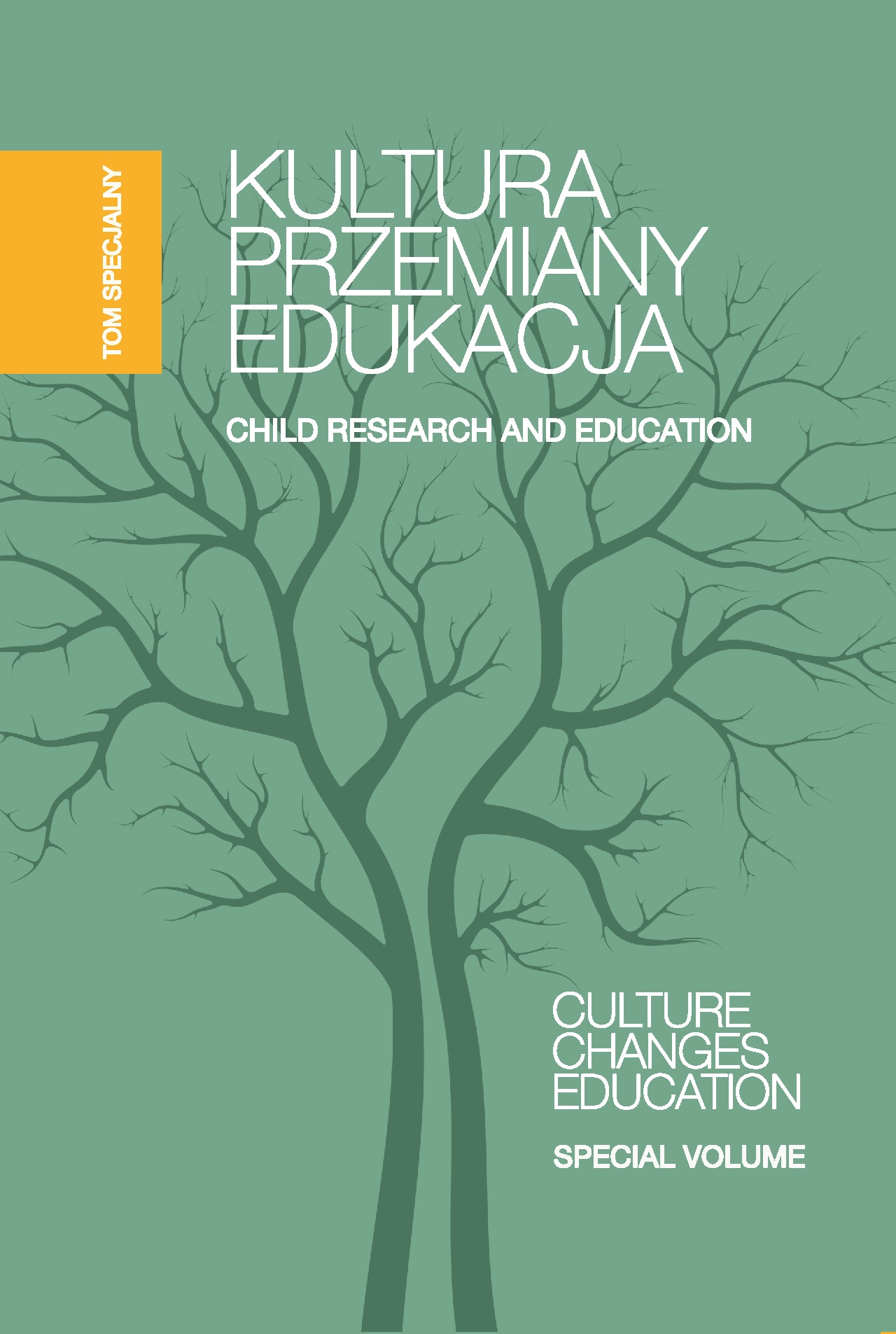Identity, Creativity and Alienation in the Context of Child and Art
DOI:
https://doi.org/10.15584/kpe.spec.crae.2024.18Keywords:
creativity, alienation, art, aesthetics, childhoodAbstract
The child avoids reflecting judgment on the specifics of what s/he sees because many things can change in the child’s eyes. The importance of exposing children to art early on and helping them to develop an aesthetic sense cannot, therefore, be overstated. Since they can focus on the details because they cannot grasp the whole, children can be excellent artists. However, many children are hesitant to share their creative thoughts and innovations due to the fact that they are concerned about how others might reflect on them. This study was motivated by the experience of writing a story after taking part in art and aesthetic sessions with elementary school pupils in an underprivileged area. There seem to be many similarities between what kids experience in the real world and the virtual one they create. The research’s findings indicate that children’s loneliness, alienation, and identity issues were reflected in their narratives.
Downloads
References
Akarsu, B. (1984). Humboldt'ta Dil-Kültür Bağlantısı.
Bullen, E., & Parsons, E. (2007). Dystopian visions of global capitalism: Philip Reeve’s Mortal Engines and MT Anderson’s Feed. Children's Literature in Education, 38, 127-139.
Genette, G. (1988). Narrative discourse revisited. Cornell University Press.
Karaman, E. (2017). Roland Barthes ve Charles Sanders Peirce’in Göstergebilimsel Yaklaşimlarinin Karşilaştirilmasi. İstanbul Aydın Üniversitesi Dergisi, 9(2), 25-36.
Liestøl, G. (1994). Wittgenstein, Genette, and the reader’s narrative in hypertext. Hyper/text/theory, 87-120.
Parret, H. (1984). Peirce and Hjelmslev: The two semiotics. Language Sciences, 6(2), 217-227.
Rankin, P. T. (1926). The measurement of the ability to understand spoken language. Unpublished doctoral dissertation, University of Michigan, Ann Arbor
Schriver, K. A. (1992). Teaching writers to anticipate readers' needs: A classroom-evaluated pedagogy. Written communication, 9(2), 179-208.
Todorov, T. (2014). The origin of genres. In Modern genre theory (pp. 193-209). Routledge.
Wallis, C. (2006, March 27). The multitasking generation. They’re e-mailing, IMing and download-ing while writing the history essay. What is all that digital juggling doing to kids’ brains and theirfamily life? Time, 167(13), 48–55.
Downloads
Published
How to Cite
Issue
Section
License
Copyright (c) 2024 KULTURA – PRZEMIANY – EDUKACJA

This work is licensed under a Creative Commons Attribution-NoDerivatives 4.0 International License.


